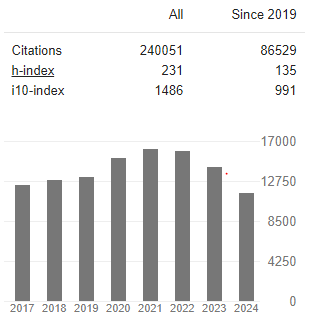Association Between Microsatellite Instability (MSI) based on MLH1 and PMS2 Marker with Clinicopathological Features of Colorectal Cancer Patients
Abstract
Rizka Vidya Lestari, Neni Arshita, Dewi Kartikawati Paramita and Susana H. Hutajulu
Background: Microsatellite instability (MSI) is one of the important pathways involved in development of colorec- tal cancer (CRC). MSI occurs due to mutations or hypermethylation of negative MMR proteins MLH1 and PMS2. The accumulation of mutations at microsatellite locus accelerated the development of CRC. Characteristics of CRC patients with MSI are not sensitive to 5FU chemotherapy and have a good clinical outcomes that can be used as a prognostic factor and a predictor of therapy. Therefore MSI detection is needed.
Method: A retrospective cross-sectional study of 80 CRC slides obtained from DR. Sardjito Hospital Yogyakarta and clinical laboratory in 2010-2016. Immunohistochemical staining with anti-MLH1 and anti PMS2 antibodies to see MSI status. Negative MLH1 expression is called MSI MLH1 positive and PMS2 negative expression is called positive MSI PMS2. The association between MSI MLH1 and PMS2 with clinicopathology parameters was analyzed using Chi square.
Results: Colorectal cancer patients MSI MLH1 as much as 44 (61.1%), MSI PMS2 as much as 21 (29.2%) and, MSI MLH1 and PMS2 simultaneously as much as 18 (25.0%). MSI MLH1 and PMS2 positive are found in ≥50 years old. The number of male patients is more than women. Most of the patients had a T3-T4 tumor size with advanced stage and well differentiated. MSI MLH1 associated with tumor differentiation (p = 0.011).
Conclusion: MSI MLH1 is associated with tumor differentiation (p = 0.011), but, no association with the other clin- icopathology parameters. MSI PMS2 is not associated to the overall clinicopathology parameters. MSI MLH1 and PMS2 are not simultaneously associated with all clinicopathology parameters (p> 0.05).



